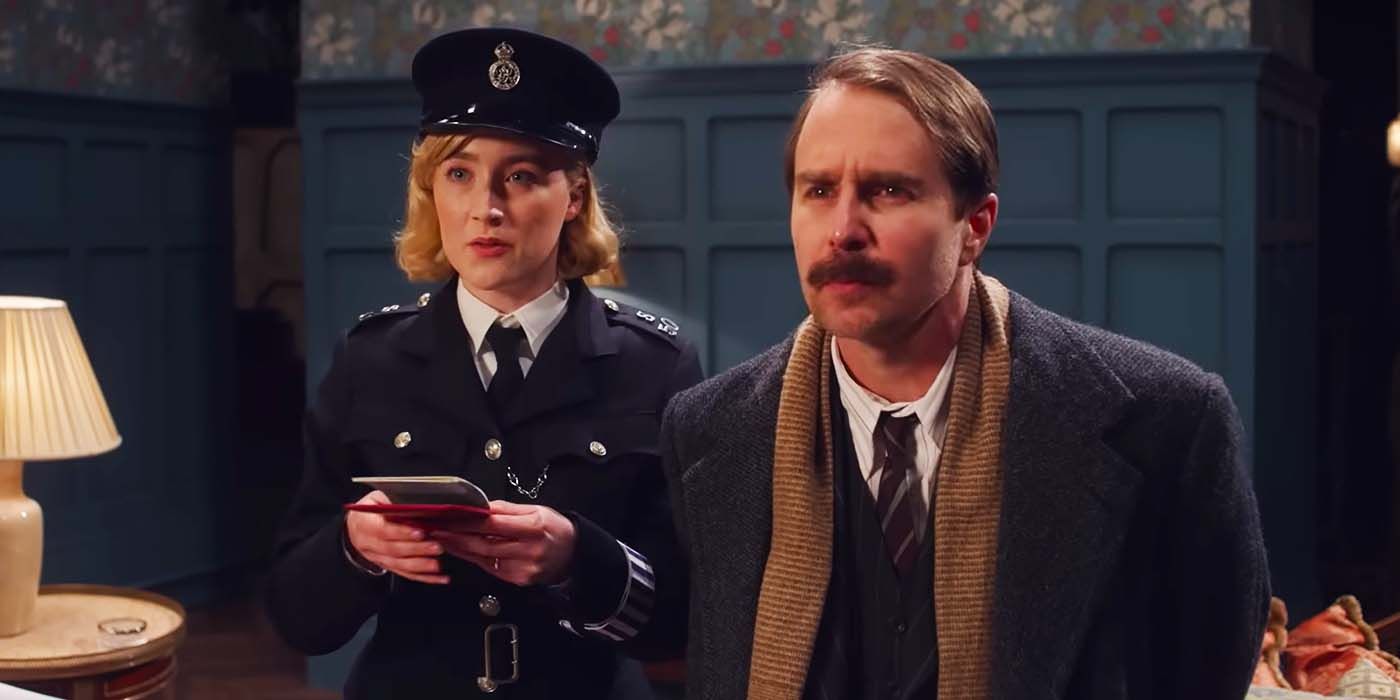See How They Run seems heavily tied to The Mousetrap, so it is natural to wonder whether this is the long-awaited movie adaptation of Agatha Christie’s iconic mystery play. See How They Run is centered around a production of The Mousetrap taking place in 1953 at the Ambassadors Theatre in London’s West End (a year after it made its real-world debut in the West End at that location). See How They Run's cast even sees certain real-life actors, like Richard Attenborough, portrayed as they perform parts of the roles that those actors first originated.
SCREENRANT VIDEO OF THE DAY
Agatha Christie’s The Mousetrap was based on a short story called Three Blind Mice, and after its 1952 debut, it went on to become the longest-running play in West End history. It was not until 2020 that the initial run came to an end because of COVID-19, and performances resumed in 2021. Throughout its seven decades, The Mousetrap has had over 27,500 performances, but there’s never been a true official movie adaptation of the play prior to the release of See How They Run.
Despite the similarities in certain story elements, See How They Run is still not technically an adaptation of The Mousetrap. Parts of the play are performed in the movie, and several plot points, ideas, and settings are used from the play. However, the stories are ultimately different, with The Mousetrap references serving to add color and flavor to See How They Run for those familiar with the play, without being a straight adaptation of the play. While the lack of adaptations of The Mousetrap might seem strange, it actually makes sense given that the story of The Mousetrap is a bizarrely well-kept secret.
Why Is The Mousetrap’s Story Such A Guarded Secret

It appears that it was always Agatha Christie’s will to keep the story of The Mousetrap a secret from anyone who had not seen the play as much as that was possible. Once she adapted it into the play, Christie requested that the short story Three Blind Mice not be published while the play was still being performed. With the exception of one short story collection in the United States, Christie’s wish has been maintained.
While a play that has had many thousands of performances might be expected to have had its plot spread by word of mouth, a cunning part of Christie’s writing has helped to prevent this. At the end of the play, the lead character informs the audience that they are now all accomplices to murder and therefore must not share the twist reveal with anyone who has not seen the play (a scene that is briefly seen and then riffed upon in See How They Run). This shared secrecy amongst theater-goers has apparently held, with the only readily available account of the end of the play being on Wikipedia (a matter that the Christie Estate has heavily criticized the site for).
While the short story and the play might not be widespread, just as in See How They Run, it might be expected that Hollywood would be eager to capitalize on such a successful play. Indeed, they were, and the rights were sold to create a movie in the 1950s. However, there was a clause in the contract that prevented such a thing happening for a long time. In See How They Run, John Woolf questions Petula Spencer about a clause that says the movie cannot be made until 6 months after the initial West End run concludes. While this might feel like a farcical joke made up for the movie, that clause was very real. So through all of that, the mystery of Agatha Christie's The Mousetrap has remained a secret to the general public, and it is not clear whether even See How They Run had to wait for COVID-19 before it was able to be produced.
